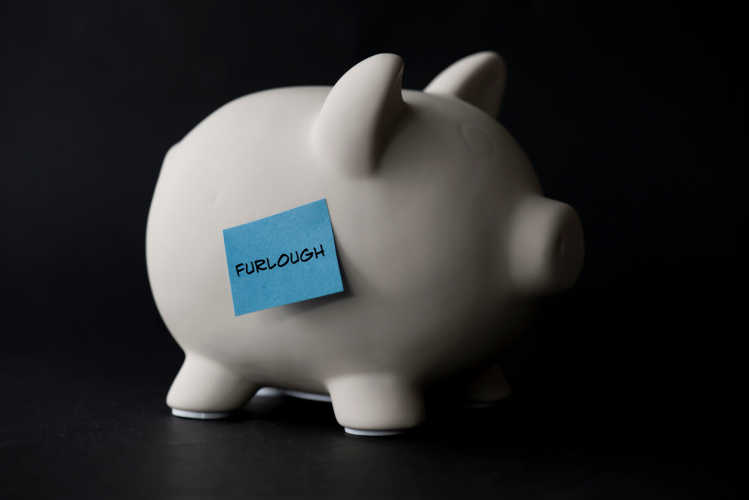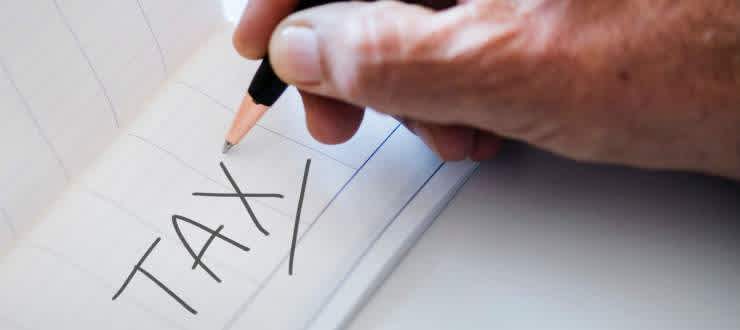What exactly is the furlough scheme?
The furlough scheme is a government-backed support initiative. It pays 80% of employees’ wages who have been put on temporary leave due to the impact of the Coronavirus pandemic. Otherwise known as the Coronavirus Job Retention Scheme, it began at the end of March 2020 and has currently been extended until 30 April 2021. The maximum that can be claimed per employee is £2,500 per month (gross pay).
How does the furlough scheme impact your pension?
Initially, the furlough scheme paid for employer contributions towards employees’ pension funds. However, the furlough scheme changed slightly towards the end of Summer 2020 as the Government started to phase the scheme out. In doing so, the Government told employers it would pay 70% of a furloughed employee’s wages, and that the employer had to make up the rest to 80%. Then, in October, the Government reduced its portion further to 60%, with the employer paying the remaining 20%. However, from November 1st 2020, the Government reverted to paying the full 80% of wages.
In terms of workplace pension contributions, the Government stopped paying them in August 2020 and did not revert to paying them in November either. Therefore, from the 1st August 2020, if you were furloughed, your employer needed to pay 3% of your salary into your pension, with you paying the remaining amount from your wages. The remaining amount for auto-enrolment schemes is 4%, with tax relief bringing contributions up to 5% of your salary.
However, even before the Government stopped paying workplace pension contributions, if you were on furlough, your payment contributions were based on your lower, furlough salary - thus reducing your monthly payments into your pension pot.
Plus, you may find that your employer, who usually may have paid more than the required 3% of your salary as a pension contribution, may choose only to pay the minimum requirement. Given that cash flow is such an issue for businesses during the pandemic, employers are also not required to even consult you about this as they would do usually.
Pensions and contributions for the employed
Workplace pensions can be complicated at the best of times, but there are a number of basic principles that are vital for employees to understand. Initially, you need to know whether you are part of a defined contribution pension scheme or a salary sacrifice pension payment plan. The furlough scheme can have widely differing implications on either one of these personal pensions.
Defined contribution pension schemes and furlough
When you start working at a company, you should be automatically enrolled in a workplace pension scheme. As a result, your employer is required to pay 3% of your qualifying earnings into your own pension pot. You are then required to pay a further 4% of your pre-tax salary into your pension - again, based on your qualifying earnings. Lastly, you will receive tax relief as a result which equates to paying 1% more into your pension fund. In total, 8% of your earnings are put into your pension pot.
What exactly you pay into your pension is therefore closely linked to your overall salary. In 2020/2021, qualifying earnings were between £6,240 and £50,000. If your employer chose to put more into your pension pot than the required 3%, then you can put in less to bring up the total contribution to the required 8%.
What happens if I have chosen salary sacrifice and I'm on furlough?
Salary sacrifice pension schemes are when you negotiate a lesser salary with your employer, but they pay what you have sacrificed into your pension or in other benefits. You will also reduce your National Insurance payments in doing so. If you are on furlough but paid for your pension through a salary sacrifice scheme, there is an impact on your pension payments.
Given that you are earning a lower salary, your originally higher pension payments would not have been covered by the Government’s furlough scheme. Instead, the government will only have paid 3% of your qualifying earnings into your pension pot - which could have been less than your employer was ordinarily paying into your pension. Additionally, you will have been earning 80% of the lesser salary you agreed in exchange for other benefits which could further amplify the reduction in your pension contributions.
Can I opt-out of my workplace pension if I'm on furlough?
Not paying your own employee pension contribution, if you are on furlough, is a big decision to make. In short, if you can afford to keep contributing to your pension, do. Saving up for your retirement is one of the most important financial decisions you will ever make, and the earlier you do it the better. Subsequently, any pauses in your payments can make big differences at retirement.
It’s understandable that with a lower income, you may want to make savings to help meet day to day costs. And yes, you absolutely can. These are important decisions though, if you have questions on your retirement income you can rely on pension investment advice.
But remember, by stopping your contributions on an auto-enrolment scheme, you will also stop your employer pension contribution and you will not benefit from the tax relief you could have earned by paying into your pension either. Don’t forget, the cumulative and compounding effect of paying into your pension pot each month, year on year, can make a huge difference when you come to retire.
And can I opt-put of NI contributions?
As many of the furloughed population will be looking to reduce outgoings due to the 20% cut in pay, it can be tempting not to pay National Insurance. Currently, however, if you are furloughed, despite your cut in pay, you are still required to pay National Insurance. While money may be tight, it will ensure that you are still entitled to your State pension at retirement age. Particularly in the case of women - who are more likely to have taken a career break - paying enough National Insurance over the years is essential if you want to remain eligible for your State pension when the time comes.
How furlough affects self-employed and SIPP.
The furlough scheme was, again, slightly different for the self-employed. It had to be due to the differences in how the self-employed pay tax. Essentially, as all employees usually pay tax through PAYE, providing them with 80% of their wages was far easier administratively for HMRC to do. The self-employed were that much more difficult due to paying tax through annual self-assessments.
However, the Government offered support for the self-employed through the SEISS grant scheme - which allowed those individuals to claim 80% of their monthly income too, depending on some set criteria. Those criteria changed throughout the life of the scheme and the amount paid was determined on previous self-assessment statements. So far, the self-employed have been able to apply for three grants. At the time of writing, one more will be made available in 2021.
The implication of the grant on the self-employed or freelancers are critical to understand - particularly in the case of those with self-invested personal pensions or Self Invested Personal Pensions (SIPPs). Ultimately, for those that were negatively impacted by the Coronavirus restrictions and therefore claimed the grant, they will have less income. Additionally, the grant is seen as taxable income so the amount available to claimants is reduced further. As a result, subsequent pension payments may have to be reduced.
However, importantly, the grant can be used to give a higher pension contribution limit too for private pensions for self-employed individuals. Remember, it is possible with a SIPP to invest all income up to the amount of £40,000 in 2020/21 and benefit from tax relief from the Government. Having the grant may help you make the most of this allowance if your situation allows.
What's the long-term impact on my pension pots?
As briefly alluded to, the impact of furlough schemes on pension pots will be negative like much of the financial long-term impact of Covid. These negative impacts will be a result of reduced payments due to reduced income. Or, for some, no payments at all if furloughed employers choose to opt-out of their workplace pension until normal working hours resume. The true scale of the impact on a specific individual will depend on how old they are and how long the reduced payments continue for. The cumulative effect of even this relatively short time period of lower payments will mean having less to play with come retirement age.



